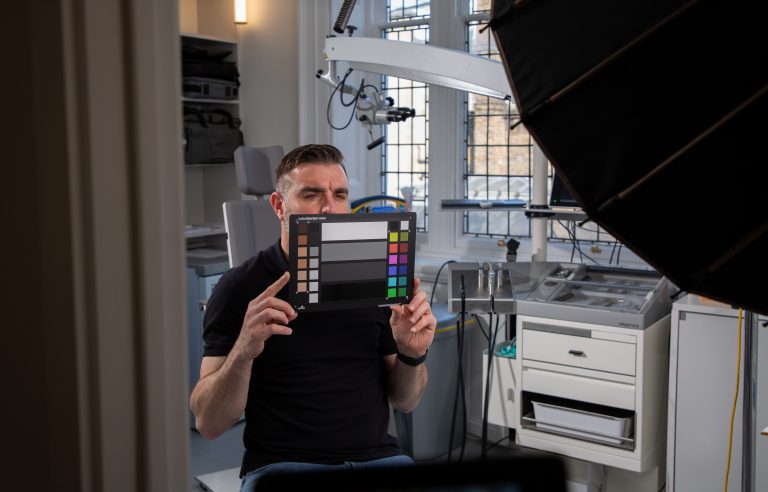Maybe what you do is external – whether you’re a developer, a sports club, fitness company, a farmer, events location, a festival planner or a landscape gardening company – you’ll know there’s lots of variables that are out of your control when it comes to planning your work day. This doesn’t mean that you can’t benefit from a corporate video though because we work wherever you work.
That being said there’s a few complexities that we have to consider when we are planning a shoot in the great outdoors!
Weather
Some weather isn’t pretty and may impact the final look and feel of your production, for example if you are promoting a holiday camp and the sky is overcast and grey. In other cases, weather can present problems for our equipment – we can’t really shoot in prolonged rain without the risk of damaging the cameras, and the kit can overheat if exposed to scorching sun.
Living in the UK means that changeable weather is a fact of life (just look at the weather this ‘summer’), forecasts can be taken with a pinch of salt and this means that planning an external shoot too far in advance is risky.
When we work with businesses that require an external video shoot we plan towards a provisional date for the location shoot, and have back-up dates agreed and blocked out in the event of rain where possible. A couple of days before the shoot we take a look at the forecasted weather and make a call with the client if we’re going ahead. Being flexible is part of the service for us when it comes to shoots like this but it’s worth bearing in mind if your video has a hard deadline, pushing back the shoot will have a knock-on effect for the rest of the project and therefore the schedule for completion.
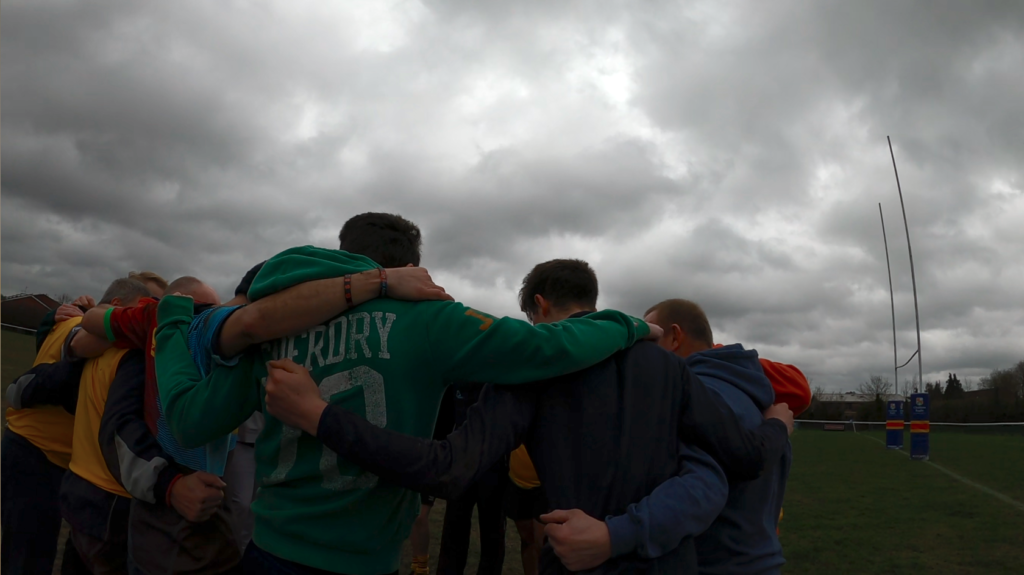
Light
Light is largely connected to weather but the problems are very different!
In video production, we need the scene to be lit well to get a good video output. If a scene is too dark, you won’t see what is happening and the footage will be grainy. Too bright and the scene will be over-exposed. Monitoring the light levels is a fundamental part of camerawork with settings needing to be adapted to the environment.
Normally, videographers like to shoot indoors where they can have complete control over the lighting of the shot. Outdoors, this is much harder especially on a day where there’s bright sunshine and lots of clouds in the sky! The dream weather for videographers is full cloud cover, as they are perfect natural light diffusers, although this is often not the dream weather for the client.
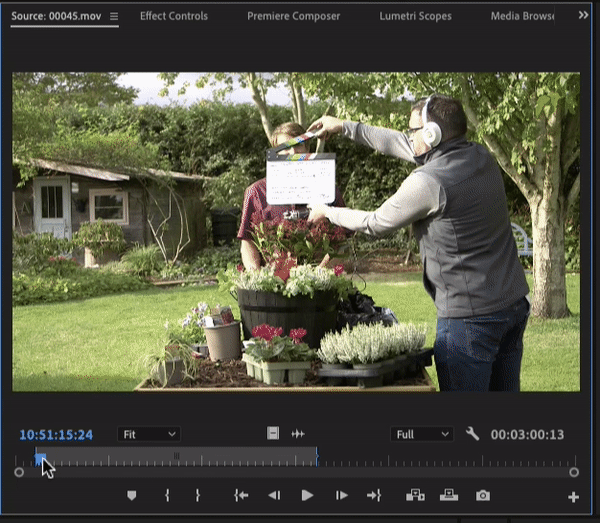
To mitigate the brightness outside we can use filters on the lens of the camera so that the shot can be both exposed correctly, and also benefit from range of depth-of-fields. This can still be hard to manage if the light changes during a take as changing the camera settings mid-take will be noticeable in the final output.
Shadows can also present problems – if a shot has harsh shadows in it then there’s two areas with different light levels. Typically you adjust the settings so the subject of the shot is exposed correctly, but this may leave other areas of the scene too bright or a bit gloomy. If the shadows go directly through the subject then we’ll use a reflector to cast a shadow over the whole area.
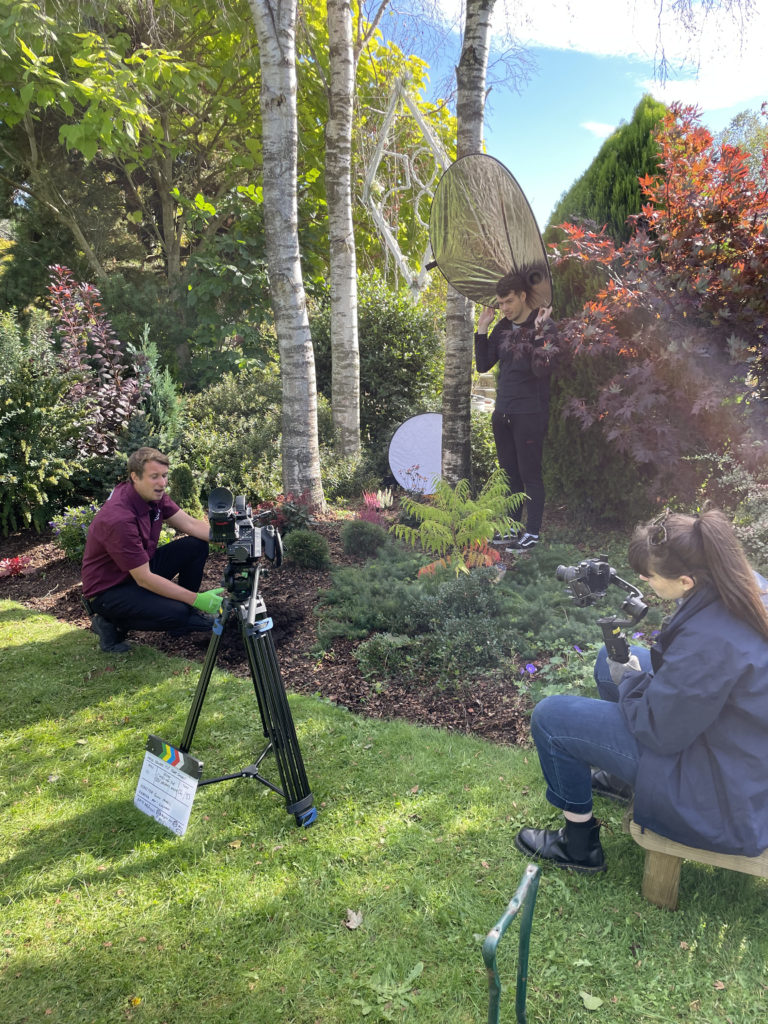
Noise
Outside a whole host of ambient noises can get picked up through our microphones. Indoors, these ambient noises are a lot easier to control – you can dial down the low hum of the air-conditioning but wind does not have an off switch!
On our microphones we can a use wind-shield to combat some of the external noises. You will have seen these on telly – big furry covers which is why they are also known as dead cats!
Here’s a sample audio recording from a recent shoot using our wireless lapel mic with the basic foam cover, outdoors in high winds:
And here’s a sample audio recording from the same shoot, minutes later, using our wireless lapel mic with the fluffy windshield, outdoors in high winds:
This will help mitigate unwanted sound, but not completely solve it. Other noises that pick up in the background of the sound recording include traffic, lawn-mowers, building work, trains, wildlife and sirens. There’s not a great deal you can do about these background sounds, other than have someone on the crew monitoring the audio levels during the take. If they notice a problem, where possible, we can do the shot again.
If you are planning a shoot at your outdoor premises and you’re based next to a police station or a very busy road it might be worth considering a different location or a quieter time of day!
People
Another wildcard to think about is people. You might be planning to film in a public area, with civilians milling around in the background, curiously poking their head into shot or chatting loudly within range of the microphone.
There’s only so much you can do to control other people! Depending on who owns the property and what location permissions have been granted you might be able to cordon an area off so that a safe distance can be maintained. Having a member of crew who is able to redirect or intervene when members of the public are about to jeopardise a shot can help too. The busier a location is, the harder it will be to keep under control, so plan the shoot for a quieter time of day.
If you are in a public space there is a reasonable expectation that someone might be filming or taking photos, and therefore it is not necessary to ask permission of every person captured in the background of a shot. However, if someone does not want to feature in a video or photo they are entitled to request that their image is removed from the production. This can cause problems down the line if there isn’t an alternative shot for that scene, rendering the video unusable. For this reason, we recommend carrying talent release forms for people who appear in the video to sign, agreeing that their image can be used for the production stipulated in the document. This makes it much harder for retrospective objections to impact the final output.
Power
Last but not least… power. It may not have escaped your notice, but there aren’t many naturally occurring plug sockets in the wild!
Our final thing to prepare when we know a shoot is outdoors is batteries. Lots of them. Batteries for the cameras, batteries for the sound equipment, batteries for any lights, full charge for the gimbal. We also ask our clients if there’s a plug socket nearby that we can be charging empties from when they run out of juice!
On much bigger productions there will be lines of cabling and weather-proof electrics powering the set, but at our scale these add a lot of additional budget for our clients that we can mitigate by planning ahead.
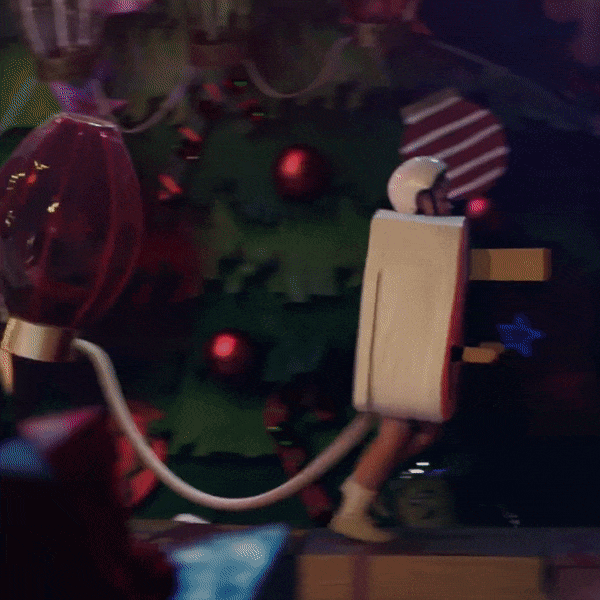
To summarise
Filming outside may be a nice thing to do to add to a broader production, or it may be absolutely necessary to show your premises, event or activity and while there are some additional challenges that we don’t usually have with internal filming it can make for a great addition to any edit. But it needs extra thought and planning to make sure it all goes well so factor that into your planning. Remember Weather, Light, Sound, People and Power which very helpfully translates to a handy acronym WLSPP…so you’ll have no trouble remembering it!

